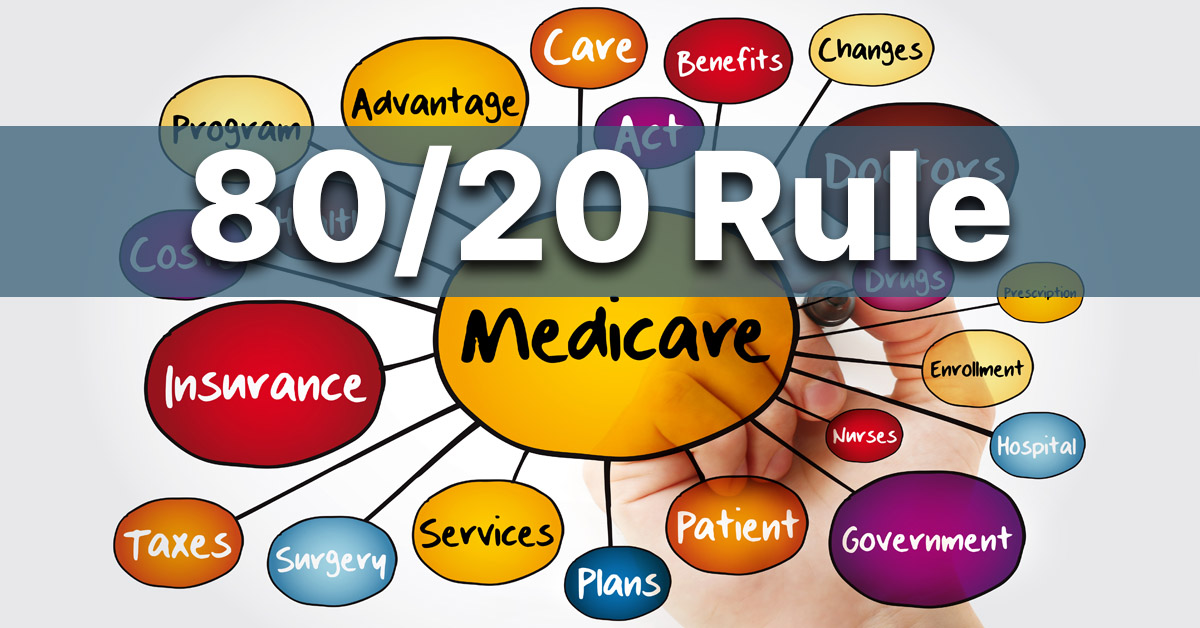
Good Mood Foods
Drew Ramsey, MD, co-author of The Happiness Diet, says that eating the wrong foods can add to our daily stress and encourage feelings of anxiousness, lethargy, and testiness. Worse yet, a study published in the Journal of the American Medical Association finds that these foods may even worsen depression.1 Unfortunately, these calorie-packed foods are the same foods many of us instinctively reach for when we are feeling blue. Feeling blue leads people to reach for processed foods that make them feel more blue. It’s a vicious cycle.
The good news is that our grocery stores are packed with brain foods that have specific mood-lifting benefits. Dr. Ramsey explains that these foods boost your energy and keep your hands out of that chip bag. Here are some of Dr. Ramsey’s top recommendations.
Foods Good for Mood
- Mussels: Not muscles but mussels. Mussels have the highest naturally occurring levels of B12 on Earth. B12 insulates your brain cells, keeping your brain sharp as you age. Mussels are also a source of zinc, iodine, and selenium – all nutrients needed for the health of our mood-regulating thyroids.
- Swiss Chard: This green leaf is packed with magnesium – a nutrient essential for the brain chemical reactions that increase our energy levels. In fact, the Hordaland Health Study specifically links higher magnesium intake with lower depression scores.1 Other sources of magnesium include spinach, soybeans, and halibut.
- Blue Potatoes: Not always easy to find, so grab them when you see them. They are blue from anthocyanins, potent antioxidants that protect short-term memory and reduce mood-busting inflammation.
- Grass-Fed Beef: Compared to grain-fed beef, the grass-fed option proves higher in conjugated linoleic acid (which works against stress hormones and helps with belly fat). Lamb is another grass-fed, red meat option.
- Dark Chocolate: The cocoa gives an instant boost to mood and concentration by improving blood flow to the brain. Milk chocolate does not have enough cocoa to create the effect. Treat yourself in moderation. A little over 100 grams is all that is needed to reap the benefits of cocoa.
- Asparagus: A top plant for tryptophan. Tryptophan is the basis for serotonin, a mood regulation neurotransmitter and the central target for popular medications such as Prozac, Zoloft, and Paxil. Asparagus also contains folate – the deficiency of which has been connected to higher frequency of depression. Other sources of tryptophan include turkey, tuna, and eggs.
- Greek Yogurt: This has higher calcium than milk or regular yogurt, and the calcium is good for more than your bones. Calcium alerts your brain to release mood-boosting and energy-boosting neurotransmitters connected with improved memory and sharper thinking.
- Cherry Tomatoes: Lycopene, an antioxidant that protects your brain and fights depression-causing inflammation is in the skin of tomatoes. Because cherry tomatoes give us more skin per gram than large tomatoes, they are a richer source of lycopene. Serving them with olive oil is a mood-boosting double whammy because olive oil increases lycopene absorption. Organic may help. Researchers at the University of California-Davis found that organic tomatoes have higher lycopene levels.2
Depression and Home Health
Home health patients present a particular risk for depression. Compared to matched patients who are not homebound, they prove twice as likely to experience depression. This depression interferes with a patient’s willingness to participate in care. The problem is so important that Medicare checks to see if home health agencies screen all patients for depression. Medicare reports the results publicly in Care Compare, a short list of the most important quality indicators for home health, hospice, nursing homes, hospitals, and more. Fortunately, home health agencies are skilled in whole-patient care, medication adherence coaching, diet coaching, and teaching other lifestyle modifications relevant to disease management. Agencies will be well prepared to add diet and exercise interventions specifically designed to target depressive symptoms.
Depression and Home Care
Signs of persistent blues or depression are one of the indicators that a retiree needs non-medical home care. Non-medical home care can help with medication adherence long-term, safe daily activities to improve exercise levels, preparation of healthier foods, grocery planning, improved access to hobbies, and improved access to social activities.
References
- Ma J, Rosas LG, Lv N, Xiao L, Snowden MB, Venditti EM, Lewis MA, Goldhaber-Fiebert JD, Lavori PW. Effect of integrated behavioral weight loss treatment and problem-solving therapy on body mass index and depressive symptoms among patients with obesity and depression: the RAINBOW randomized clinical trial. JAMA. 2019 Mar 5;321(9):869-79.
- Jacka FN, Overland S, Stewart R, Tell GS, Bjelland I, Mykletun A. Association between magnesium intake and depression and anxiety in community-dwelling adults: the Hordaland Health Study. Australian & New Zealand Journal of Psychiatry. 2009 Jan;43(1):45-52.
- Mitchell AE, Hong YJ, Koh E, Barrett DM, Bryant DE, Denison RF, Kaffka S. Ten-year comparison of the influence of organic and conventional crop management practices on the content of flavonoids in tomatoes. Journal of Agricultural and Food Chemistry. 2007 Jul 25;55(15):6154-9.






